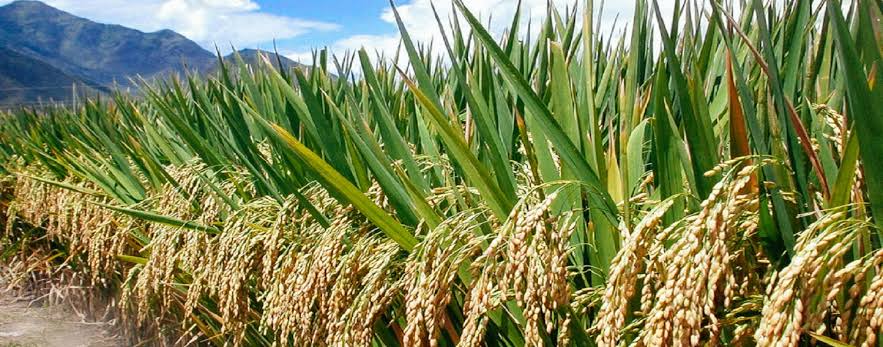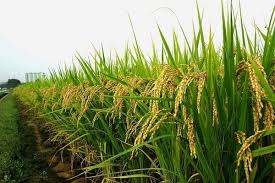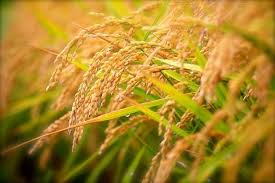Water Challenge of Hybrid Rice Cultivation in Pakistan

In recent years, Pakistan has increasingly turned to hybrid rice varieties, which are known for their higher yields. However, this shift raises significant concerns regarding water consumption and sustainability. Hybrid rice consumes more water compared to traditional rice varieties, which could pose serious challenges for Pakistan’s water resources in the future.
One of the primary issues with hybrid rice is its high water requirement. This variety needs a substantial amount of water to thrive, particularly during the critical stages of growth.
The situation calls for a reevaluation of agricultural strategies, emphasizing the need for water-saving technologies and drought-resistant rice varieties. By adopting more sustainable practices, Pakistan can ensure food security while preserving its precious water resources for future generations.
In Punjab Hybrid is Grown Primarily
Hybrid rice is primarily grown in the Punjab province of Pakistan, which is known for its extensive agricultural activities. The favorable climate, fertile soil, and advanced irrigation systems in this region make it ideal for cultivating hybrid rice varieties. Additionally, areas like Sindh are also adopting hybrid rice cultivation to boost production.
However, the concentration of hybrid rice farming is most significant in Punjab, where farmers are increasingly shifting from traditional rice varieties to hybrids in search of higher yields.
Hybrid rice is more water-intensive for several reasons:
1. Higher Yield Potential:
Hybrid rice varieties are bred for higher yields, which means they require more nutrients and water to support the increased biomass and grain production. The plants grow larger and produce more grains, necessitating more water during their growth cycle.
2. Growth Stages:
Hybrid rice has specific growth stages that demand more water, especially during the tillering and flowering phases. These stages are critical for establishing the number of grains per plant, and insufficient water during these times can lead to reduced yields.
3. Physiological Traits:
Hybrid rice often has different physiological traits compared to traditional varieties. Some hybrids have a greater leaf area and faster growth rates, which can lead to increased transpiration and water loss through evaporation.

4. Management Practices:
Farmers growing hybrid rice may also adopt intensive management practices, such as continuous flooding or more frequent irrigation, to maximize yield. These practices can further increase the overall water consumption associated with hybrid rice cultivation.
Due to these factors, hybrid rice requires careful water management to ensure sustainability while meeting the demands of increased production.

Pakistan Consider Growing Traditional Varieties
Pakistan should consider growing traditional rice varieties or drought-resistant rice breeds as a replacement for hybrid rice. Traditional varieties are often better adapted to local conditions and require less water, making them more sustainable in the long run.

Additionally, drought-resistant rice varieties, such as those developed through breeding programs focused on water efficiency. That can be an excellent alternative. These varieties are designed to thrive in conditions with limited water availability, helping to conserve water resources while still providing good yields. By shifting focus to these more sustainable options, Pakistan can address the challenges of water scarcity while ensuring food security for its growing population.

Post Comment